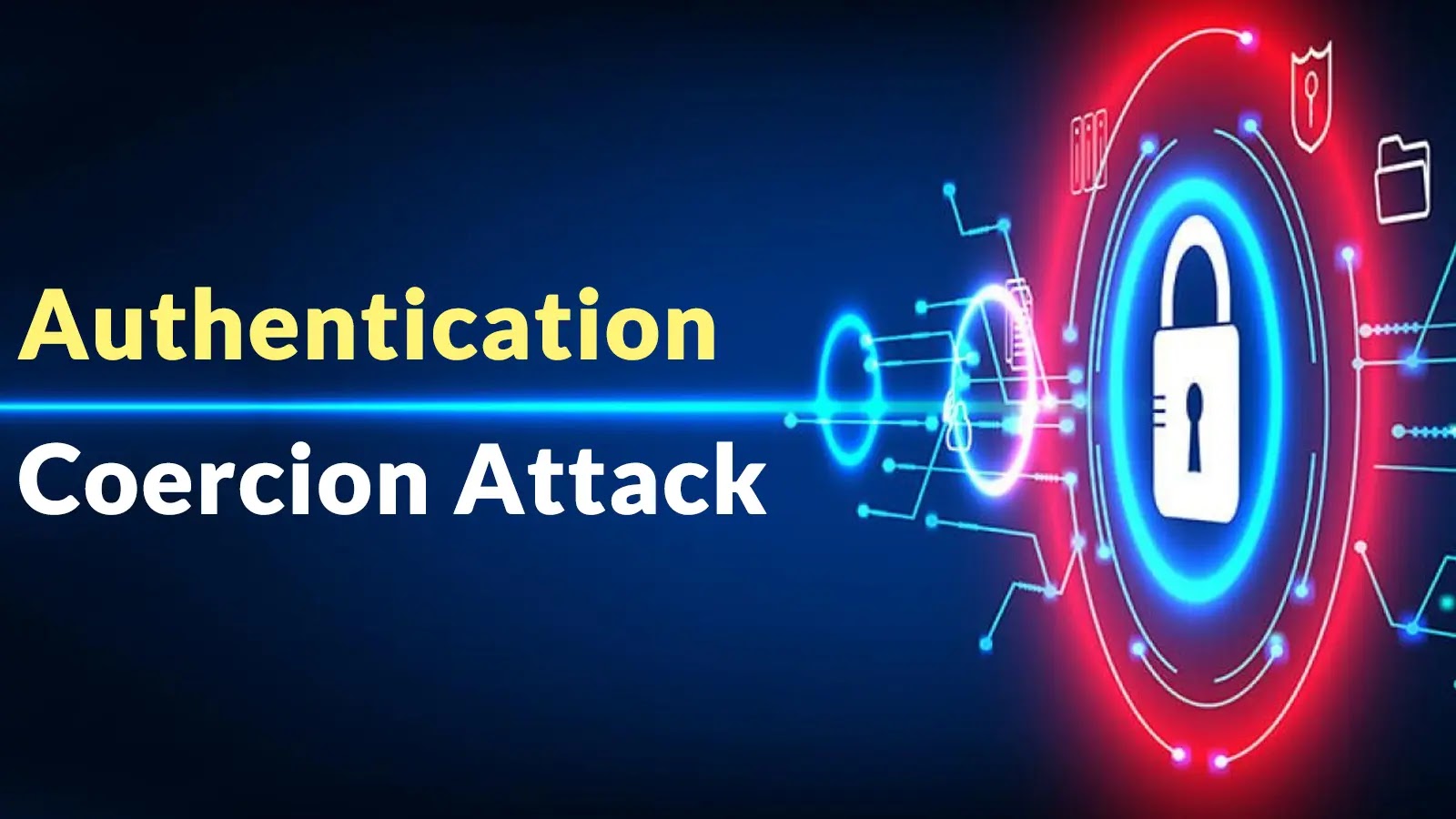Windows Authentication Coercion Attacks: A New Frontier in Cyber Threats
In the ever-evolving landscape of cybersecurity, a novel and sophisticated threat has emerged, targeting Windows and Active Directory environments worldwide. Known as authentication coercion attacks, these methods exploit inherent communication protocols within Windows operating systems, compelling machines to inadvertently transmit sensitive credentials to servers under an attacker’s control.
Understanding Authentication Coercion Attacks
Authentication coercion attacks manipulate the fundamental mechanisms of Windows systems. By establishing malicious listeners that masquerade as trusted network resources, attackers can deceive Windows machines into initiating connections. During these interactions, the machines automatically send hashed credentials, believing they are communicating with legitimate servers. This exploitation primarily leverages Remote Procedure Call (RPC) functions, which are integral to inter-process communication in Windows and Active Directory infrastructures.
The alarming aspect of these attacks is their accessibility. They do not require elevated privileges, making them feasible for attackers with minimal technical expertise, especially with the availability of proof-of-concept tools. Recent intelligence from Palo Alto Networks highlights the weaponization of authentication coercion techniques through obscure RPC protocols, enabling attackers to circumvent traditional detection mechanisms. This trend underscores a deliberate shift by threat actors to exploit lesser-known RPC functions, thereby avoiding conventional monitoring alerts.
Technical Mechanics of the Attack
At the core of authentication coercion attacks is the manipulation of RPC message protocols and their parameter handling. RPC functions facilitate both local and remote system communications, many of which accept Universal Naming Convention (UNC) paths as parameters. Attackers craft malicious RPC requests containing attacker-controlled UNC paths, exploiting the automatic authentication behavior of the targeted machine.
For instance, the ElfrOpenBELW function within the MS-EVEN EventLog Remoting Protocol can be exploited in this manner. Notably, this particular interface is rarely observed in standard organizational network traffic, making its exploitation less likely to trigger alarms.
Exploitation Vectors and Tools
A comprehensive analysis reveals multiple protocols susceptible to authentication coercion, including:
– MS-RPRN (Print System Remote Protocol)
– MS-EFSR (Encrypting File System Remote Protocol)
– MS-DFSNM (Distributed File System Namespace Management Protocol)
– MS-FSRVP (File Server Remote VSS Protocol)
These protocols present exploitable operation numbers (opnums) that attackers can leverage. Tools such as PrinterBug, PrintNightmare, PetitPotam, DFSCoerce, and ShadowCoerce have been documented to facilitate these exploits, simplifying the execution of such attacks.
Potential Impact on Organizations
The ramifications of successful authentication coercion attacks are profound. Organizations risk complete domain compromise, with attackers potentially stealing NTLM hashes of critical infrastructure components. This can lead to unauthorized access, data breaches, and significant operational disruptions.
Mitigation Strategies
To defend against authentication coercion attacks, organizations should implement the following measures:
1. Enforce SMB Signing: Ensure that SMB signing is enabled and enforced across all systems to prevent unauthorized relay attacks.
2. Disable Unnecessary Services: Identify and disable RPC services that are not essential to daily operations, reducing the attack surface.
3. Implement Network Segmentation: Segment networks to limit the spread of potential attacks and restrict access to critical systems.
4. Regularly Update Systems: Keep all systems and software up to date with the latest security patches to address known vulnerabilities.
5. Monitor Network Traffic: Utilize advanced monitoring tools to detect unusual RPC traffic patterns that may indicate an ongoing attack.
6. Educate Employees: Conduct regular training sessions to raise awareness about social engineering tactics that may precede such attacks.
Conclusion
Authentication coercion attacks represent a significant evolution in cyber threats, exploiting legitimate Windows functionalities to compromise systems. By understanding the mechanics of these attacks and implementing robust mitigation strategies, organizations can enhance their defenses and protect sensitive credentials from falling into the wrong hands.



